Behold is Slate’s brand-new photo blog. Like us on Facebook, and follow us on Twitter @beholdphotos and on Tumblr. Find out more about what this space is all about here.
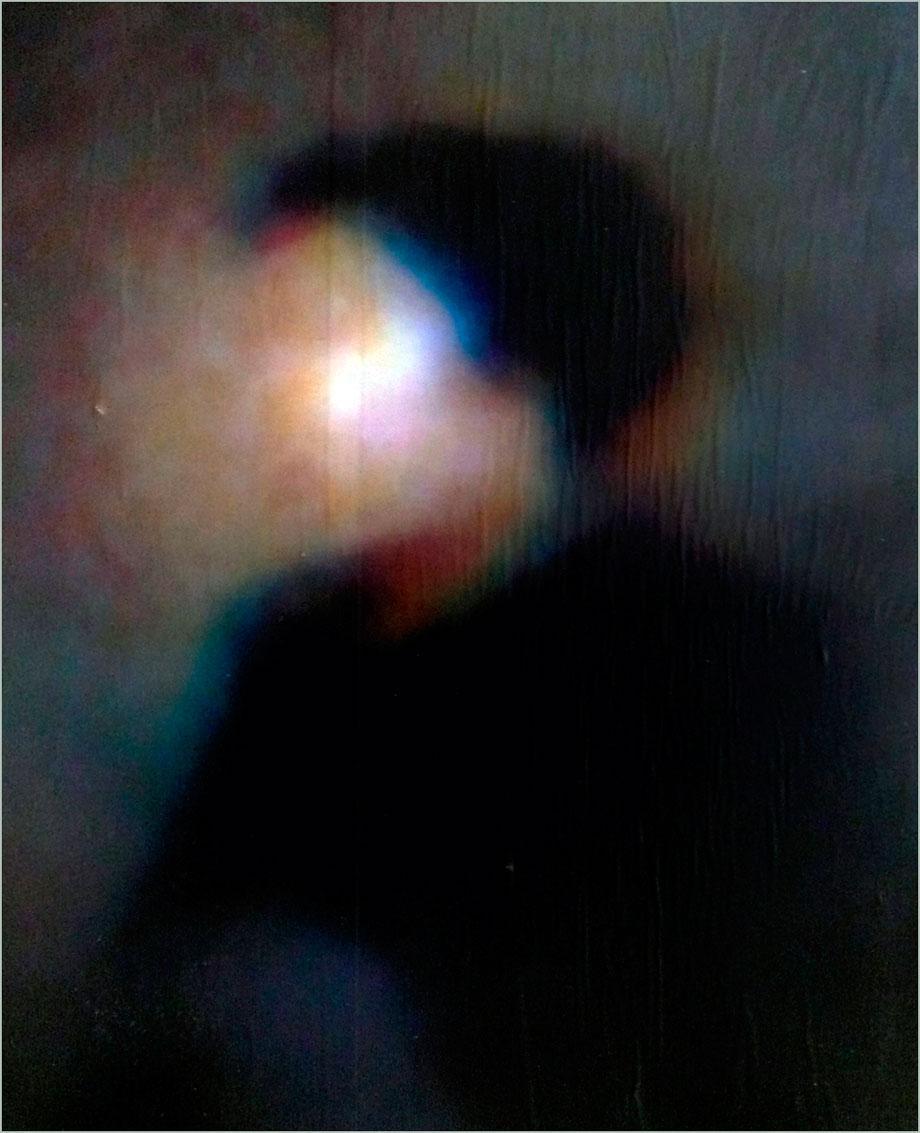
Portrait of Mrs. Riordan, née Kim, 2009
Andrew Sroka/courtesy Slag Gallery.
Andrew Sroka spends a lot of his time moving between Manhattan’s East Village and the Netherlands. Somewhere between walks in Tompkins Square Park and the Rijksmuseum, Sroka imagined a project that married street photography and portraiture with romanticized histories—a photographer’s nod to a palimpsest.
Sroka decided to play with the Dutch masters’ aesthetic of light—the quantity of it, rather than the quality—and started shooting subjects on the Lower East Side of Manhattan. The result is a series of images of people splashed with sunlight with backgrounds in complete darkness.
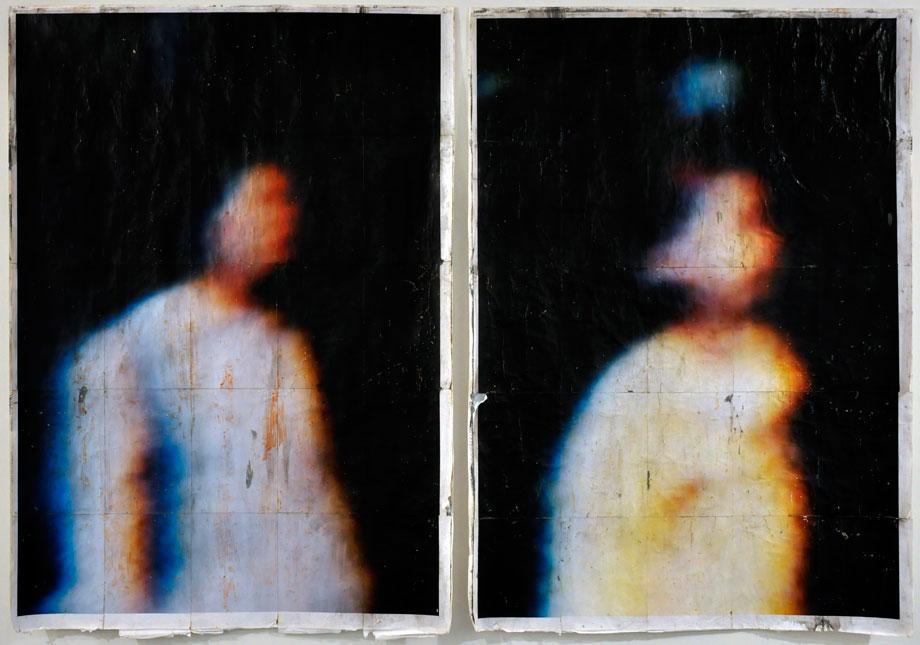
Andrew Sroka/courtesy Slag Gallery.
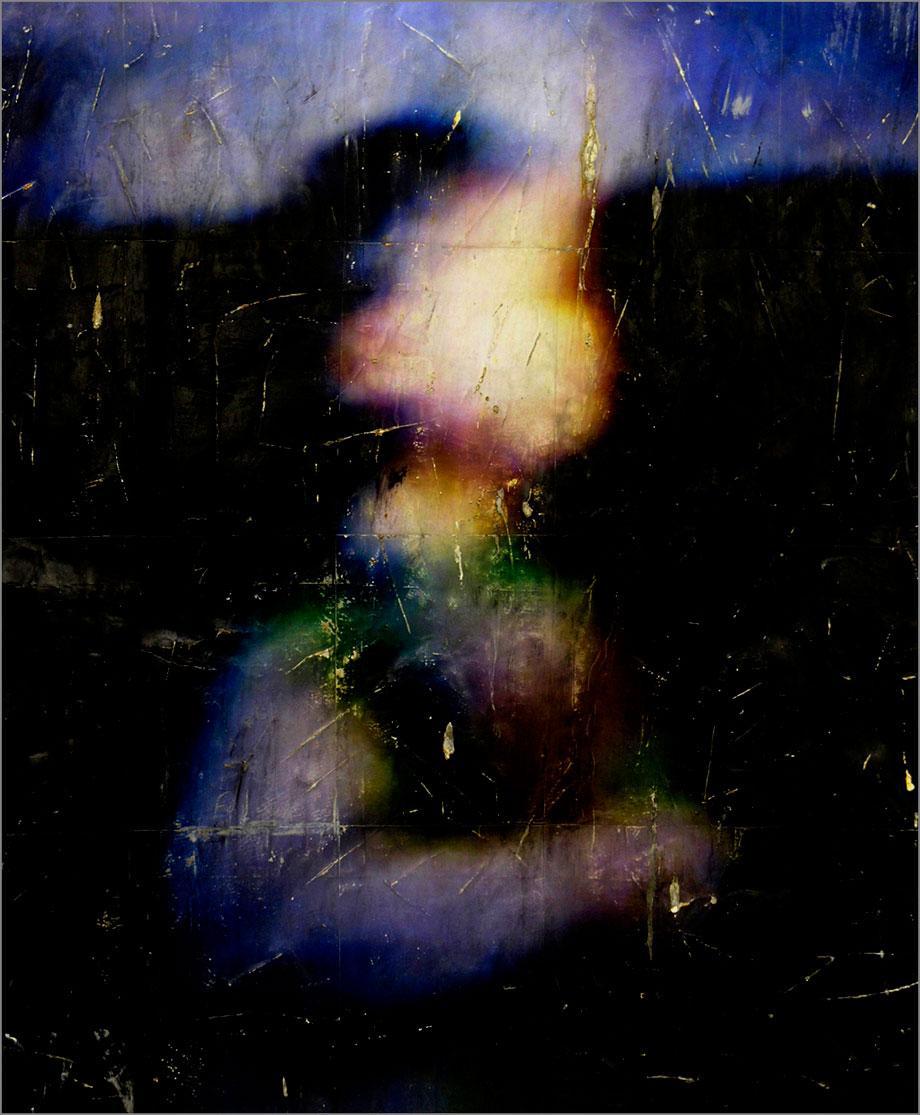
Andrew Sroka/courtesy Slag Gallery.
And although the work is a form of street photography, it’s not exactly as haphazard.
“I’m always building for the camera,” said Sroka. “I don’t randomly go out and see what I can find. I have an image I want to build and then go out and get it exposed to film.”

Andrew Sroka/courtesy Slag Gallery.

Andrew Sroka/courtesy Slag Gallery.
Sroka takes a somewhat subversive approach to traditional ideas about photographs not only by pushing photography’s boundaries toward painting but also by creating real characters with suggested histories.
Their “histories” are developed by Sroka in the most literal way: by treating the prints with wax, paint and even rust to create an aesthetic that suggest the objects have had a longer life. It isn’t an immediate process. Sroka has a loose narrative in his head while “aging” the image; the markings represent his version of their history.
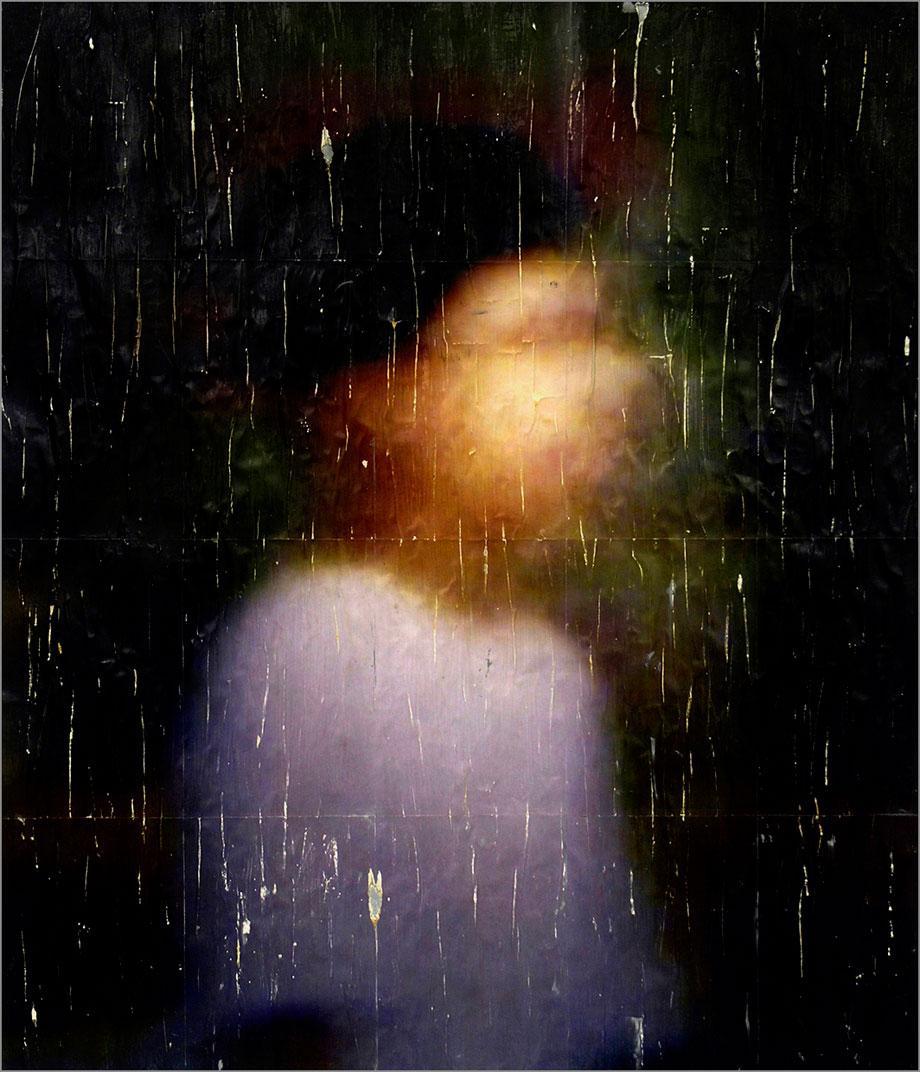
Andrew Sroka/courtesy Slag Gallery.
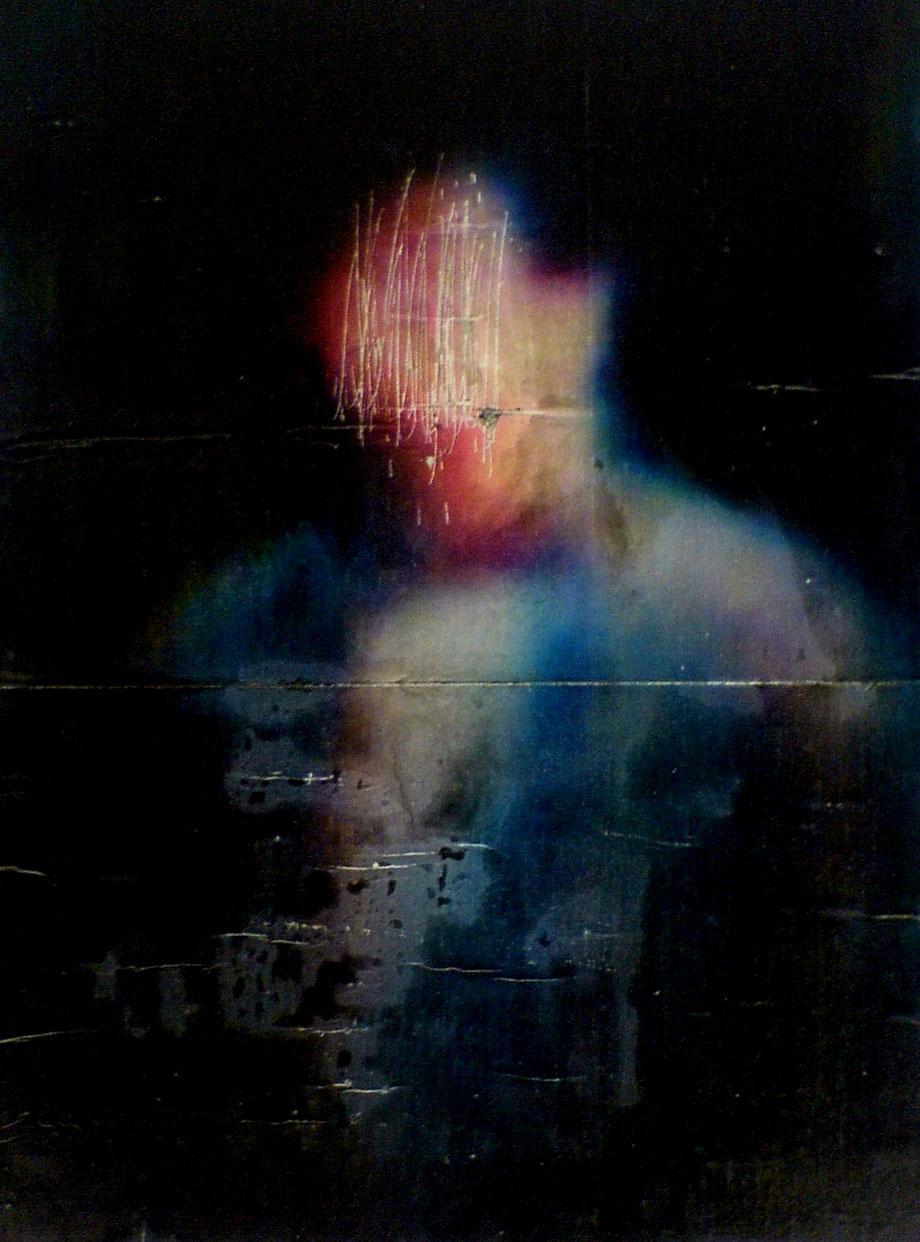
Andrew Sroka/courtesy Slag Gallery.

Andrew Sroka/courtesy Slag Gallery.
More Photo Features You May Enjoy